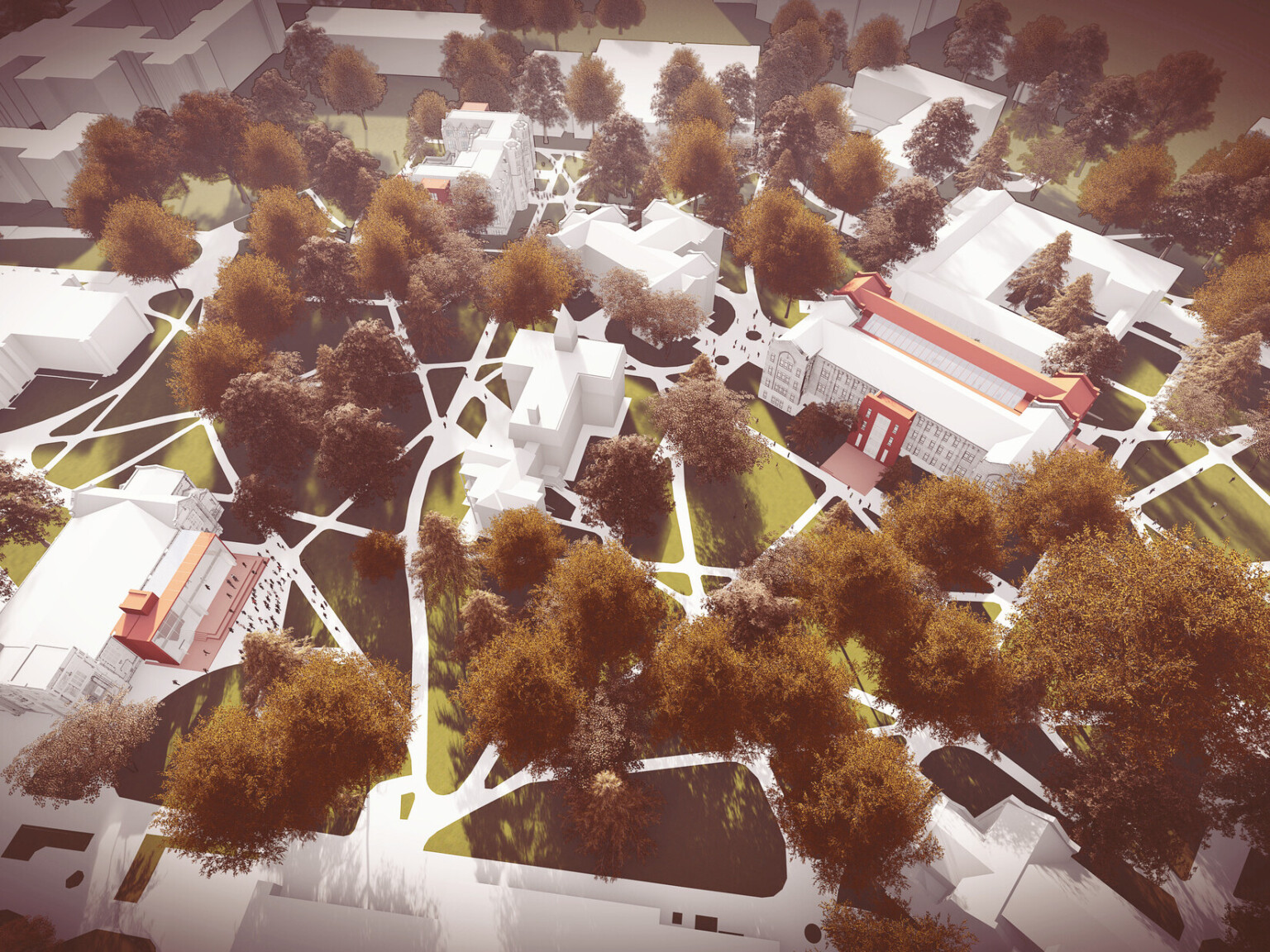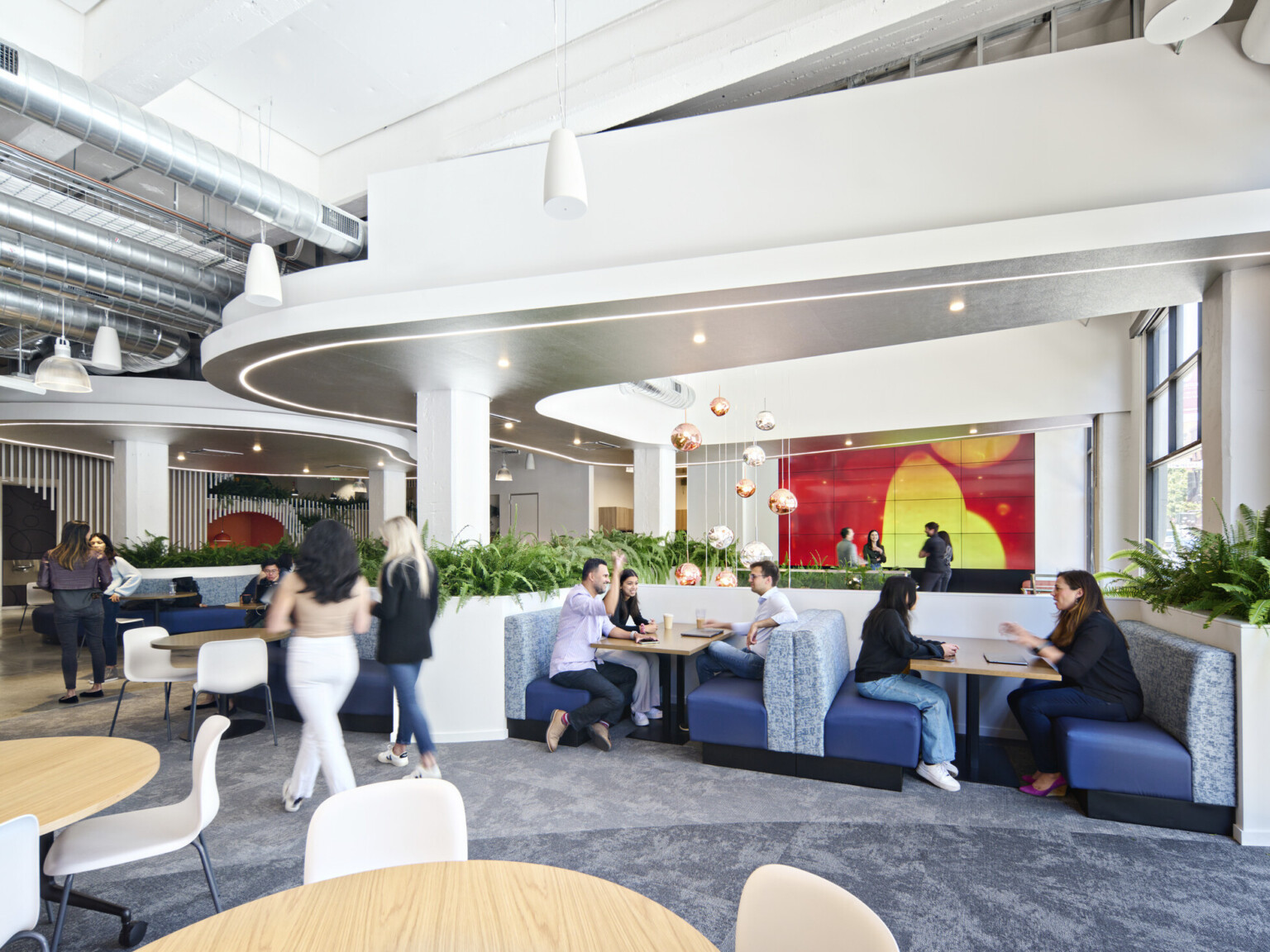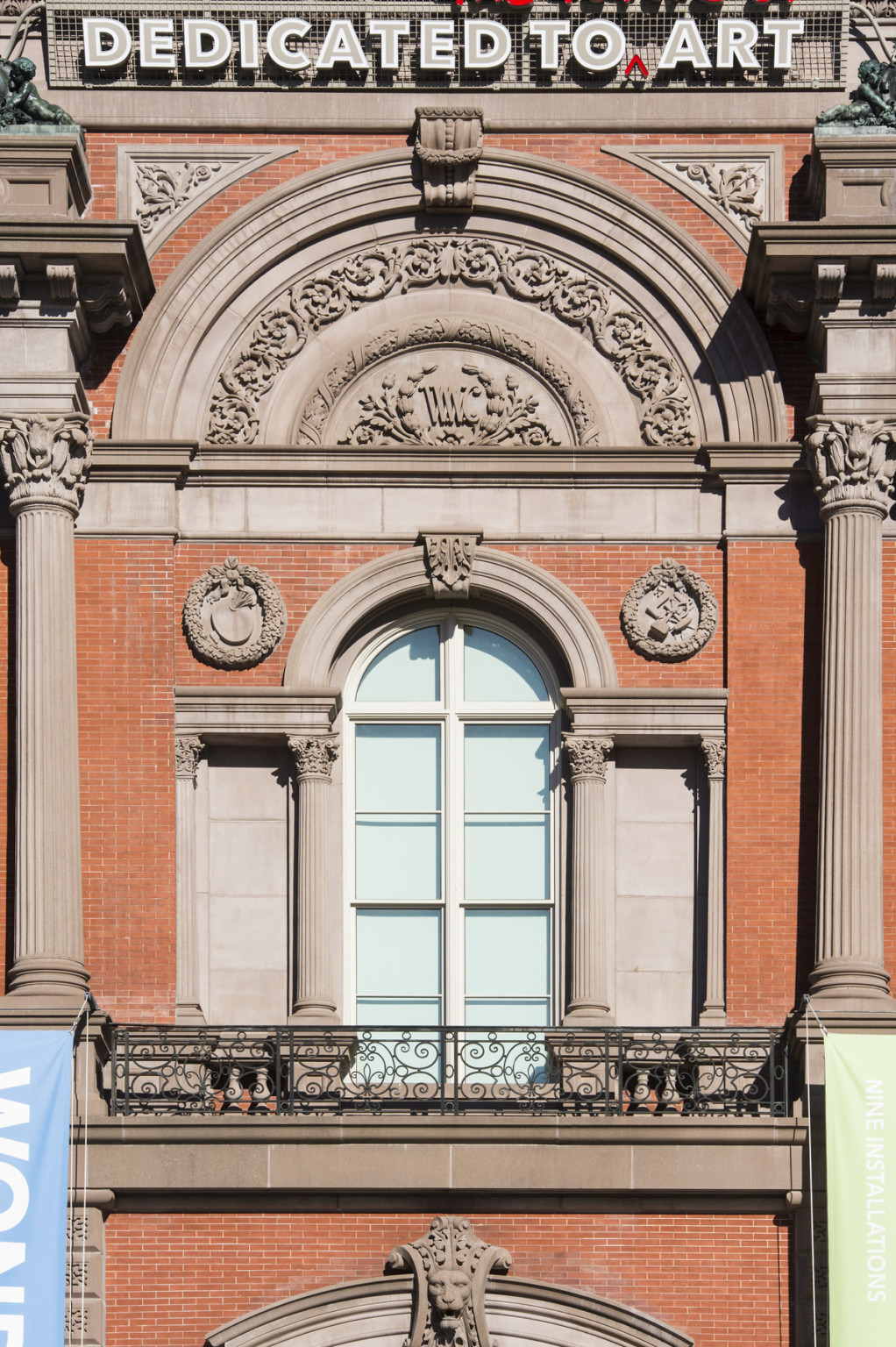
How to Win an AIA COTE Award – Twice
When I first got the call from the AIA that our renovation work on the Renwick Gallery of the Smithsonian American Art Museums had been selected for the AIA’s 2018 COTE award, I immediately shared the “secret news” with the team. It always triggers a sense of amazement and a time of reflection as we consider all that went into the project. This was the same response I had in 2014 when we received the same recognition for the Wayne Aspinall Federal Courthouse. As a two-time winner, I began to get questions from team members about how we did it, not once, but twice.
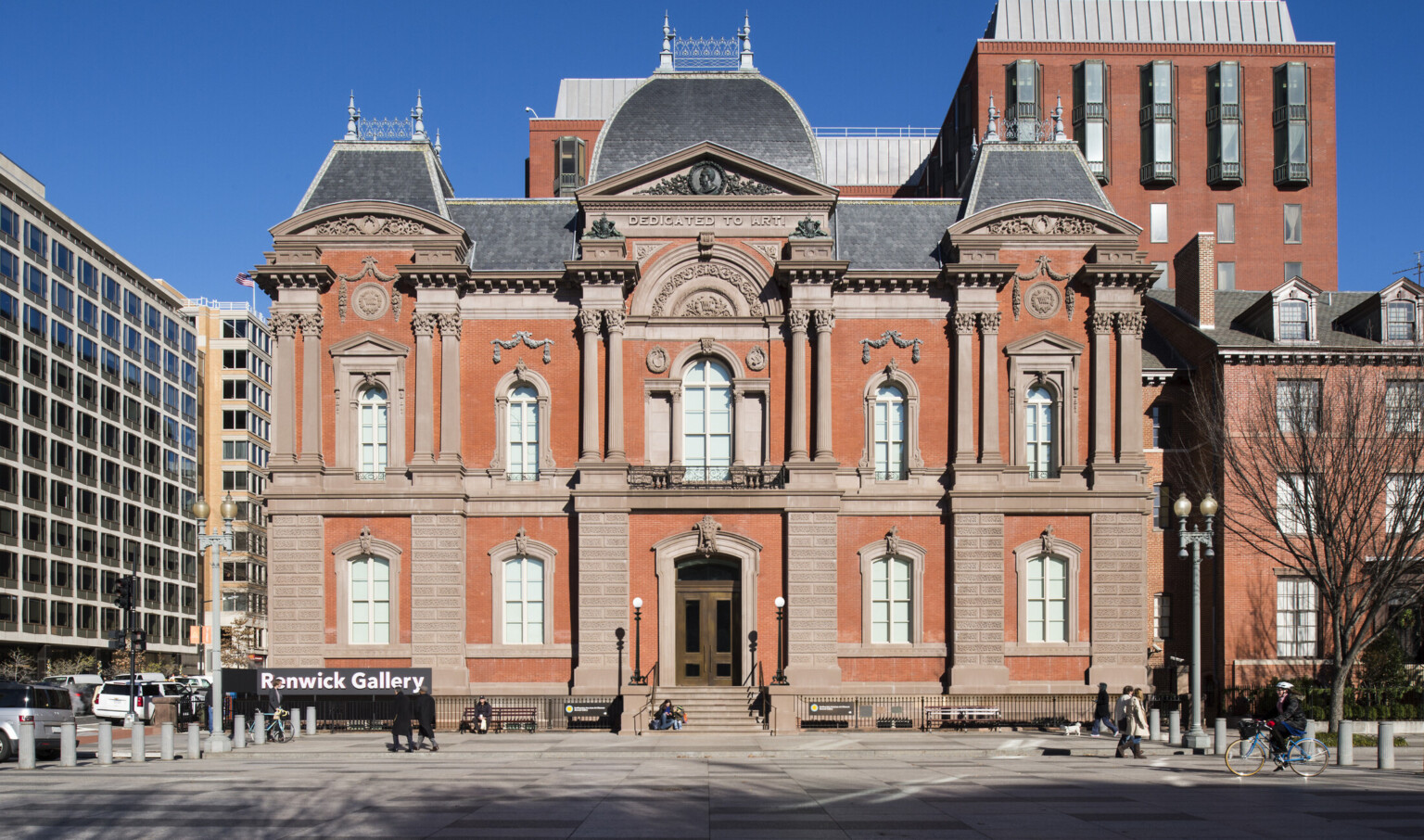
I’m honored to share some of those lessons learned and the essential elements that go beyond the performance data to lead us to this success.
Personal Passion
Passion always makes for a meaningful interaction with a client, whether it’s communicating through our technical expertise, presenting ourselves for an interview, or developing team trust through a creative project kick-off exercise. This was especially important for the Renwick Gallery project since we had never worked with the Smithsonian before, and we knew that competition for such an important project would be high. We knew this could be a once-in-a-lifetime opportunity to make a difference in what is considered the first purpose-built art museum in the United States.
Personal passion also tells a story. Although I grew up in the Washington, D.C. area and had visited every other Smithsonian museum as a kid, like many others, I had never been to the Renwick Gallery. Prior to our modernization work, attendance had been flagging, competing with the attention of much larger museums, such as the Air and Space Museum. By good fortune, my wife, a well-known knitwear designer, had been asked to teach a knitting workshop at the Renwick Gallery one weekend, and I joined her. I remembered my amazement at seeing the Grand Salon for the first time and remarked to my wife and co-workers that it would be great to someday work on the building in some capacity.
About a year later, I made a presentation as part of a multi-day workshop hosted by the Association of Preservation Technology on climate control in historic building museums. I shared my passion for the use of modern building science tools to help shape work on existing buildings. One year after my presentation, the request for proposals came out for the Smithsonian American Art Museum’s Renwick Gallery: Our team was thrilled to be one of three firms selected to interview for the project. We later learned that that several members of the selection committee remembered hearing me speak at the APT event and were impressed by our integrated design approach to sensitive modernization projects. This made a memorable connection to our passion for preservation with the client.
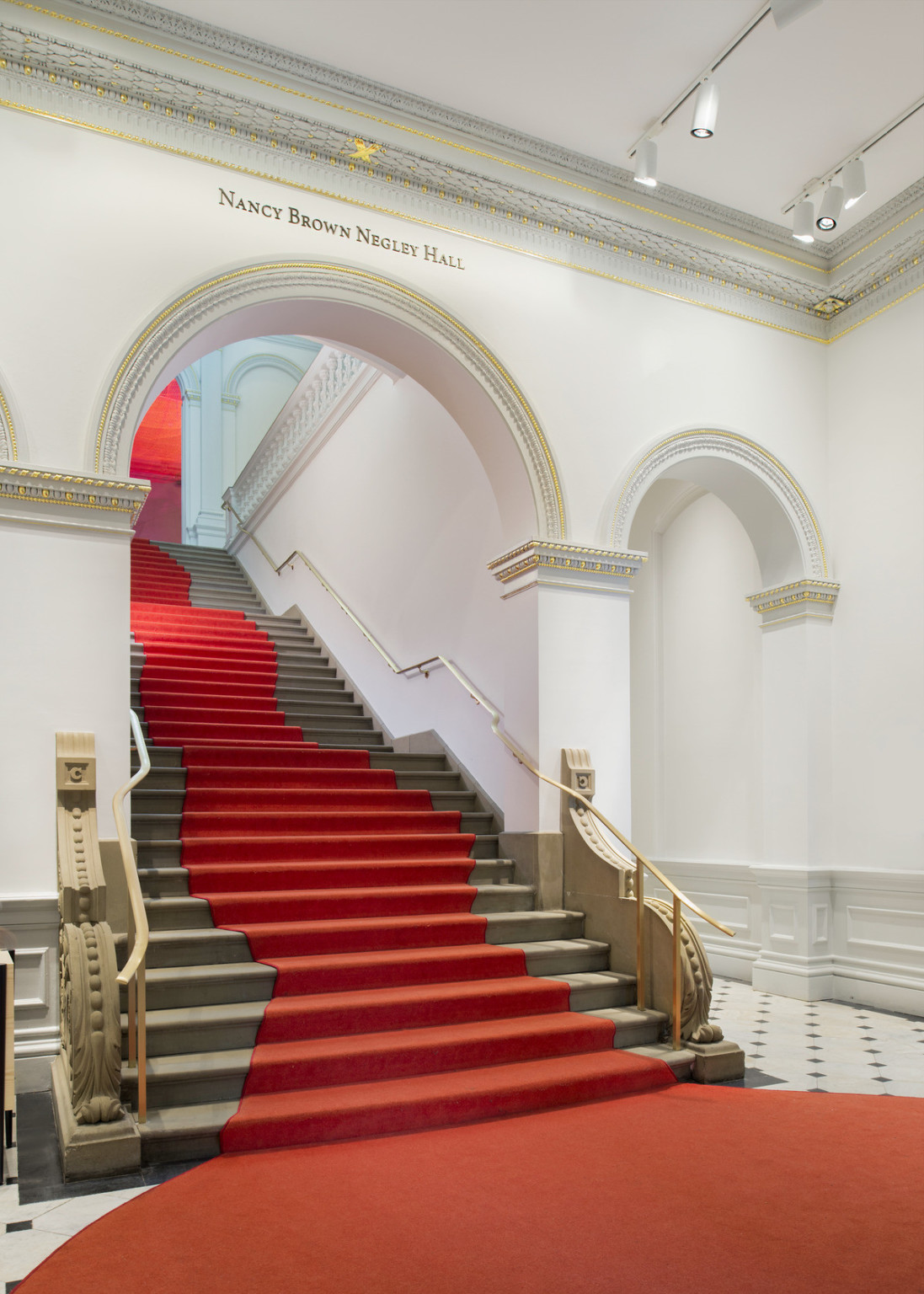
The X-Factor
Every COTE project must comprehensively address 10 measures of design: integration, community, ecology, water, economy, energy, wellness, resources, change, and discovery. The most compelling projects address the 10 measures upon the foundation of a strong team, and the potential for the project to have a much broader industry and community impact. In the case of both the Smithsonian American Art Museum’s Renwick Gallery and the Wayne Aspinall Courthouse, these projects were unique renovations of buildings on the National Register of Historic Places. The desire to preserve heritage properties aligns with the broader goals of environmental stewardship, through reuse of resources and ensuring we don’t forget the buildings of our past so they become a continuous inspiration to create a strong future.
Our work in historic buildings requires early and frequent collaboration between the client, the design team, and the contractor. The constraints drive creativity that require excellent communication and integrated problem solving. The trifecta of limited space, retention of historic details, and meeting modern codes requires intense collaboration with no single discipline or trade working in isolation. We benefited from a cohesive team, where the mission of the project was drawn from the international impact of the Smithsonian, as well as personal passions, like the ones I shared from my own life. The culture of our contractor, Consigli Construction, also bore a strong commitment to historic preservation projects, and a desire to bring their expertise from the harsh climates of New England to a new part of the country.
Sometimes the true impact of a project can only be judged one year or 10 years after completion. When the Renwick Gallery renovation wrapped up, it opened its doors to a greater diversity of artists, including the immersive works of the Wonder exhibit and the recently opened No Spectator’s: Burning Man exhibit. The response on social media to this gallery and its art resulted in over 180 million impressions in the first six months since its opening. Our team is continually moved by seeing ongoing interest in the museum, even from afar. I believe it’s much less a likelihood today that someone from the D.C. area would not know the Renwick Gallery in some way, and that in itself helps to ensure its longer-term sustainability as a cultural institution.
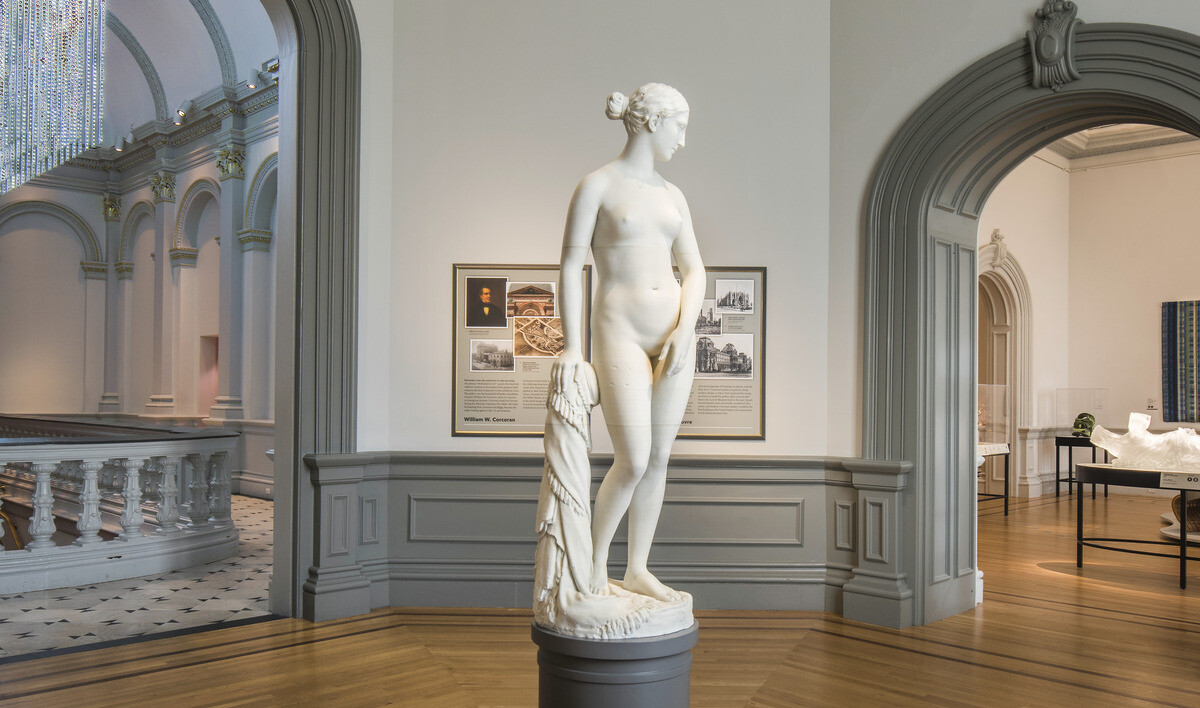
Our Continued Journey
As a firm, we’re proud to support the COTE program, from committees associated with regional AIA chapters, to education related to the AIA 2030 commitment, to the COTE awards program that celebrates the best of our industry. We applaud the AIA for recognizing that good design and sustainability go hand in hand and that transparency is key.






